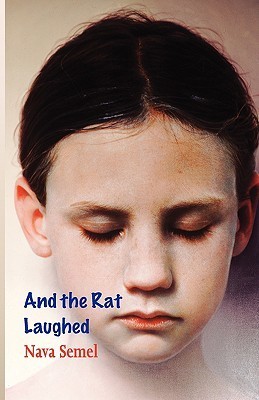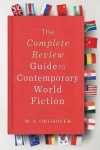What do you think?
Rate this book


240 pages, Paperback
First published January 1, 2001
Trigger warning: this review refers to sexual violence during the Holocaust.
If anything in this review raises issues for you, help is available at Beyond Blue.
 Although Michael Orthofer's
Complete Review Guide to Contemporary World Fiction
doesn't include a reference to Israeli author Nava Semel (1954-2017), the introduction to Israeli literature in translation has a useful summary that's relevant to a review of Semel's 2001 ground-breaking And the Rat Laughed.
Although Michael Orthofer's
Complete Review Guide to Contemporary World Fiction
doesn't include a reference to Israeli author Nava Semel (1954-2017), the introduction to Israeli literature in translation has a useful summary that's relevant to a review of Semel's 2001 ground-breaking And the Rat Laughed.While the nation has enjoyed relatively rapid economic growth and success, the horror of the Holocaust still weighs heavily here, as do concerns about national identity, geographic isolation, and threats from hostile regional regimes. The unresolved Palestinian situation, especially, has an uncertainty that pervades both daily life and the local literature. (The Complete Review Guide to Contemporary World Literature, by M A Orthofer, Columbia University Press, 2016, ISBN 9780231146753, p.271-2)
One name at least. That's all I wanted. Damn you, memory. Just give me a name! I was absolutely begging for it in my heart.
And suddenly I had an awful thought, the worst. Maybe she can't even remember her own name, the one her parents gave her. I'd rather not think about what if the name I know her by isn't even — (p.80)